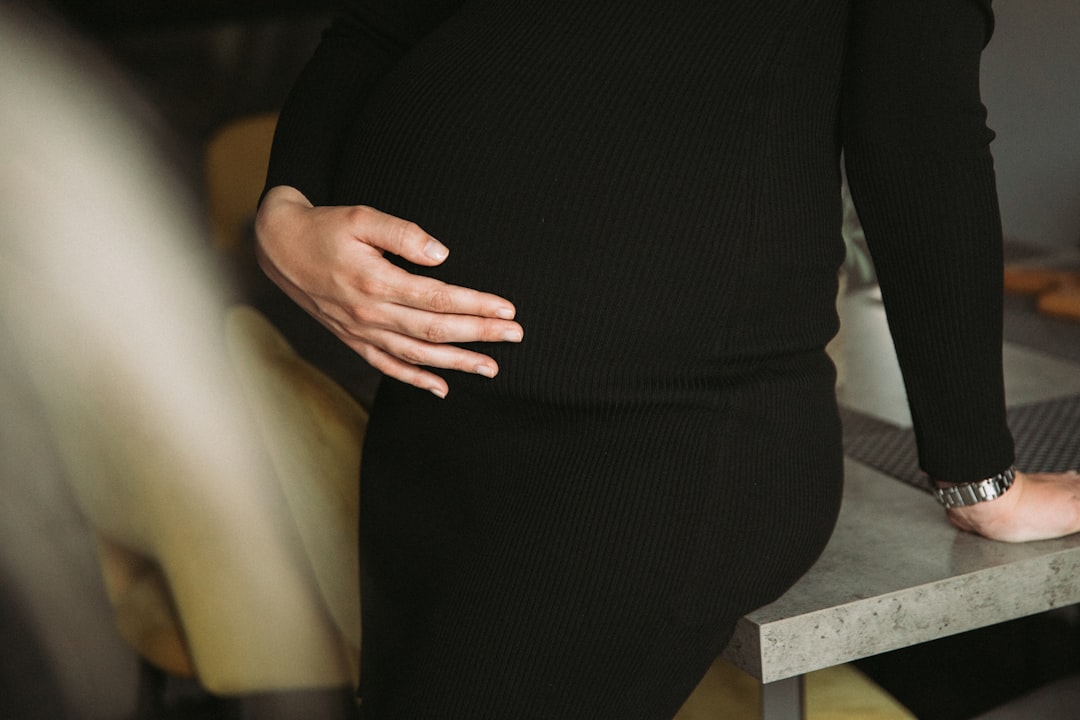Pregnancy Leg Cramps and Swelling: What Helps and What Doesn’t
Are you waking up at night with sudden, painful leg cramps? Or perhaps you’ve noticed your ankles disappearing as the day progresses? You’re not alone. These uncomfortable symptoms are extremely common during pregnancy, especially as you enter your second and third trimesters.
Why Your Legs Rebel During Pregnancy
During pregnancy, your body undergoes remarkable changes to support your growing baby. Unfortunately, some of these changes contribute directly to leg discomfort.
Your blood volume increases by nearly 50% during pregnancy, which can slow circulation and lead to cramping and swelling. Meanwhile, your expanding uterus presses against the veins returning blood from your legs, further reducing blood flow. This circulatory double-whammy creates the perfect conditions for discomfort.
Calcium and magnesium get redirected to support your baby’s development, potentially leaving your muscles short on these essential minerals. Pregnancy hormones, particularly relaxin, affect your muscle tone and contraction patterns, making cramps more likely.
Research shows leg swelling affects approximately 34.6% of pregnant women in the third trimester, while leg cramps become increasingly common as pregnancy progresses. These cramps often strike at night, just when you’re trying to get much-needed rest.
Evidence-Based Relief Strategies That Actually Work
For Leg Cramps
1. Stretch before bed
A simple calf-stretching routine before sleep can significantly reduce nighttime cramps. The Mayo Clinic recommends this effective stretch:
- Stand arm’s length from a wall
- Place your hands on the wall
- Move your right foot behind your left
- Bend your left leg forward while keeping your right knee straight and heel on the floor
- Hold for 30 seconds, then switch sides
- Repeat three times for each leg
2. Respond quickly to cramps
When a cramp strikes, straighten your leg and gently flex your foot toward your body. This stretches the affected muscle and can provide immediate relief. Follow with a gentle massage of the cramped area.
3. Stay hydrated
Dehydration can trigger muscle cramps. Make a conscious effort to drink plenty of water throughout the day, not just when you feel thirsty.
4. Mind your minerals
Include foods rich in potassium (bananas, kiwi, spinach), magnesium (dark chocolate, avocados, nuts), and calcium (seeds, cheese, salmon). Your prenatal vitamin helps, but targeted nutrition can provide additional support for muscle function.
For Swelling
1. Optimize your position
Sleeping on your left side improves circulation and reduces swelling, as noted by UNM Health. Elevate your legs whenever possible during the day, and use a pillow between your knees while sleeping.
2. Stay active (with approval)
Regular, gentle exercise—like walking or swimming—helps maintain circulation and reduce fluid retention. Always get your healthcare provider’s approval for your exercise routine.
3. Watch your salt intake
While you shouldn’t eliminate salt completely, moderating your sodium consumption can help reduce fluid retention and swelling.
4. Keep cool
Heat can worsen swelling, so stay cool, especially during summer months. Consider cooling foot soaks at the end of the day.
Common Remedies That Lack Strong Evidence
While many remedies are suggested for pregnancy leg issues, not all have strong scientific backing. Compression stockings are often recommended, but evidence for their effectiveness specifically for pregnancy leg cramps (rather than just swelling) is limited. Vitamin E supplements have not been conclusively proven effective for pregnancy leg cramps. Homeopathic remedies lack substantial scientific support for this condition.
When to Call Your Doctor
While most leg cramps and swelling during pregnancy are normal, certain symptoms warrant immediate medical attention:
- Severe leg pain that doesn’t ease with basic measures
- Leg pain accompanied by swelling, warmth, or redness (possible blood clot)
- Sudden or extreme swelling in your legs, face, or hands (possible preeclampsia)
- Trouble walking associated with leg pain
Research from KidsHealth emphasizes that these symptoms require prompt evaluation, as they could indicate serious complications.
Prevention Is Better Than Treatment
The best approach combines preventive strategies with quick response when symptoms occur. Maintain regular, gentle activity throughout pregnancy. Stay well-hydrated and eat a balanced diet rich in key minerals. Incorporate stretching into your daily routine and elevate legs when resting. Avoid standing or sitting in one position for extended periods.
Research has shown that the absence of housework assistance increases leg cramp risk, so don’t hesitate to ask for help when you need it. Additionally, sedentary lifestyle is associated with higher rates of leg swelling, underscoring the importance of appropriate activity levels.
Understanding and managing these common pregnancy discomforts can significantly improve your quality of life during these important months. For more comprehensive pregnancy support, consider exploring our Pregnancy Course for evidence-based guidance through every stage of your pregnancy journey.
Remember that while leg cramps and swelling are typically normal pregnancy experiences, always discuss your symptoms with your healthcare provider to ensure they’re not signs of something more serious. With the right approach, you can minimize discomfort and focus on the exciting journey toward meeting your baby.

